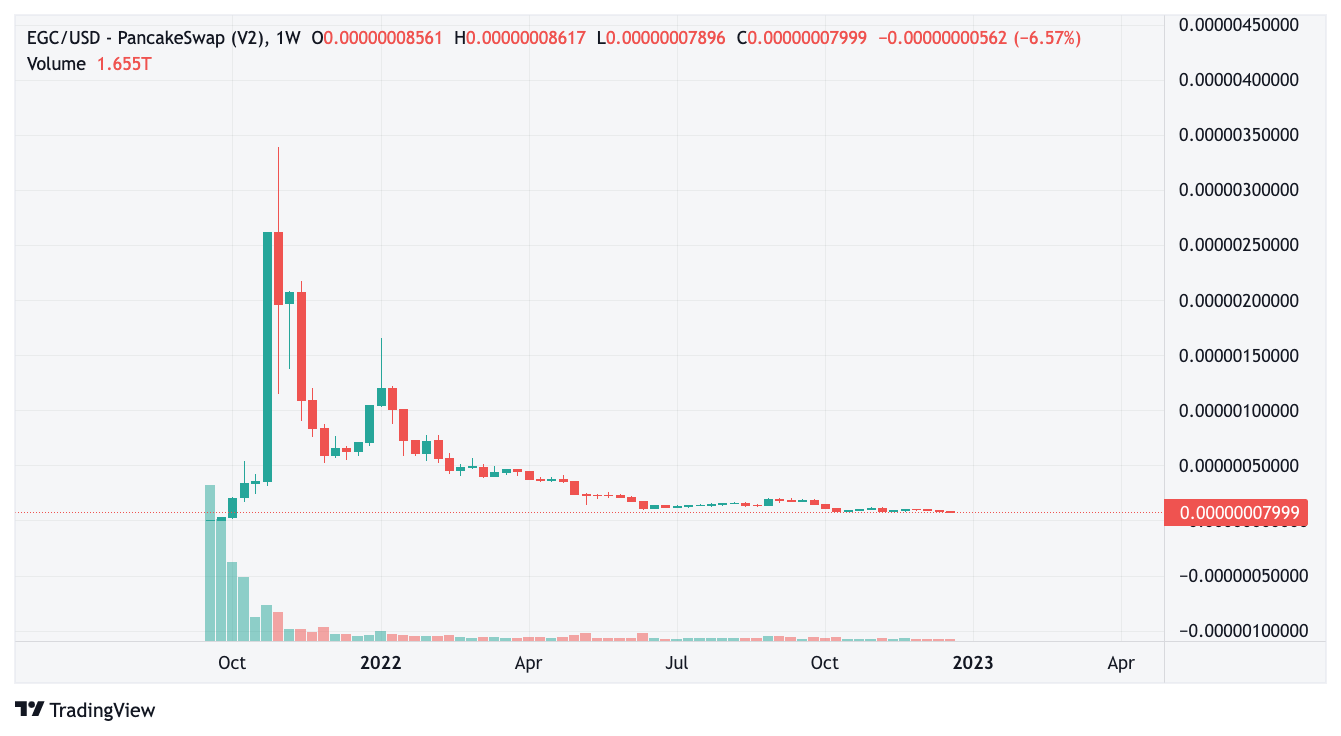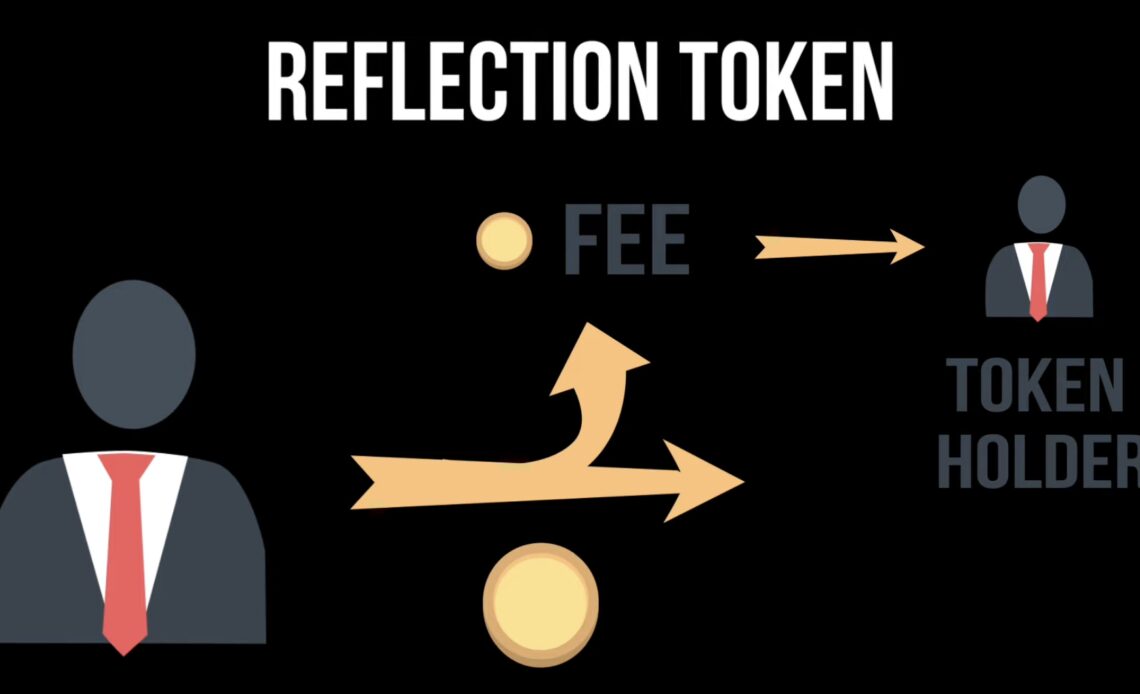Yield farming, liquidity mining, and staking have become common practices in the crypto market due to the remarkable growth the DeFi ecosystem has witnessed in recent years. These features enable users to earn interest on their crypto holdings by locking them as deposits for specific periods.
The concepts sound appealing but there’s one big risk: the potential decline in the valuation of the locked assets. In other words, users will see losses in U.S. dollar terms if the asset’s value drops during the lock-in period.
These shortcomings have raised “reflection tokens” as a viable alternative. In theory, reflection tokenomics remove the necessity of locking tokens while still offering staking-like benefits.
What are reflection tokens?
The projects backing the reflection tokens charge a penalty tax (calculated in percentages) on each transaction. In turn, they give out the fee to all token holders depending on the percentage of assets they hold.
As a result, reflection tokens’ holders do not need to lock their assets for a certain period to earn rewards. They earn their income almost instantly in most cases when a transaction is made, with the functions governed by a smart contract.
In addition, users can deposit their reflection tokens in third-party lending and yield farming contracts to earn additional yields. But while the combination of incentives for holding and staking theoretically reduces sell-side pressure, this has not been the case with most reflection assets.
Popular reflection tokens
Some of the most popular reflection tokens include: SafeMoon (SAFEMOON), BabyFloki (BABYFLOKI), FlyPaper (STICKY), MinersDefi (MINERS), and EverGrow Coin (EGC).
For instance, EverGrow Coin (EGC) ‘s price dropped nearly 98% after peaking at $0.0000039298 in November 2021. This project takes 2% of its network fee and distributes them in the form of Binance USD (BUSD) tokens across the EGC holders.

The EGC weekly chart above shows its bearish price trend accompanying very low trading volumes, suggesting that the buying and selling on its network died down after the early hype. Less volume means lower rewards for EGC holders, which may have prompted them to sell their assets.
Risks associated with reflection tokens
Reflection tokens give holders the benefit of growing their passive incomes with immediate reward distributions. Nonetheless, they carry specific risks that could impact investors’…
Click Here to Read the Full Original Article at Cointelegraph.com News…
























